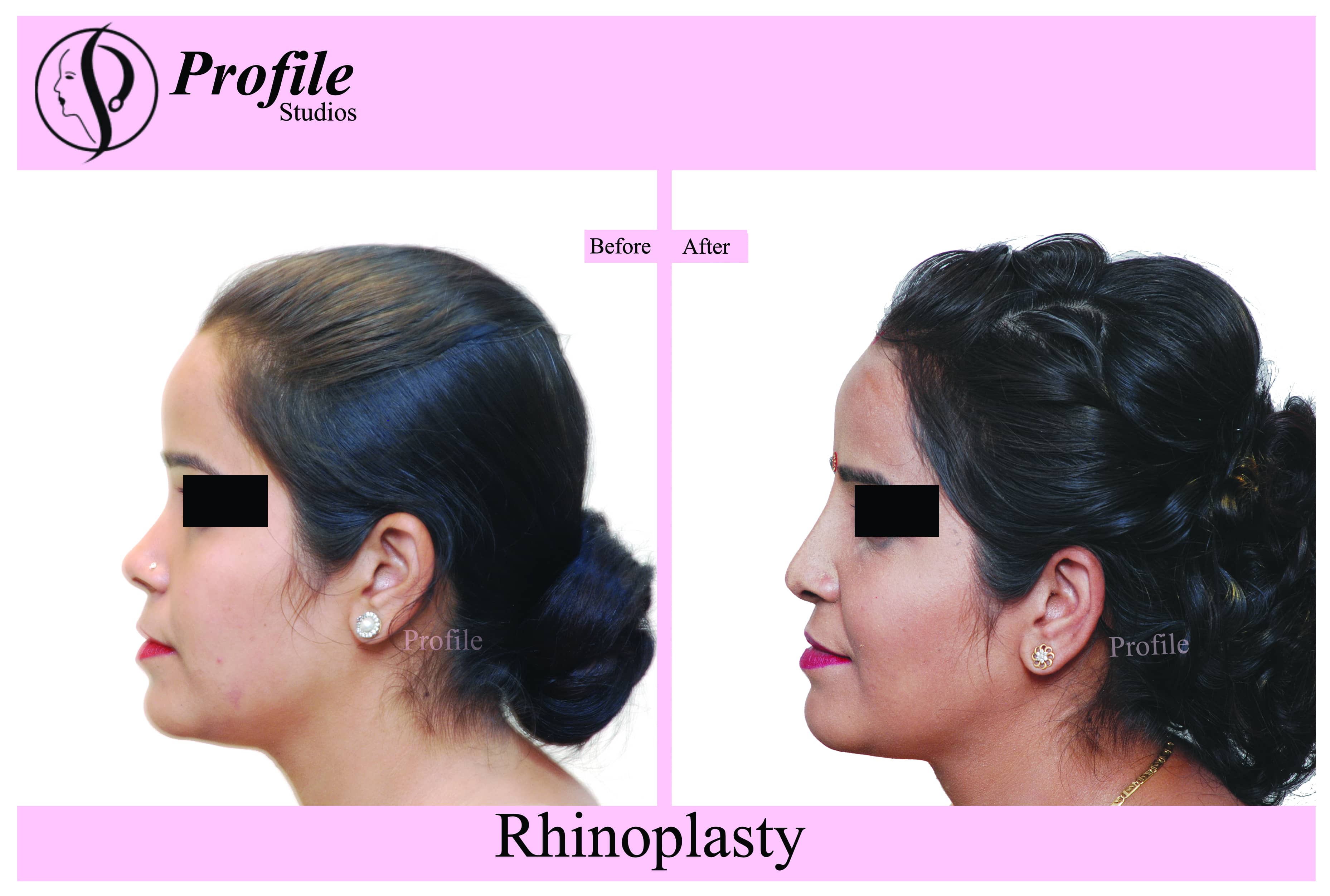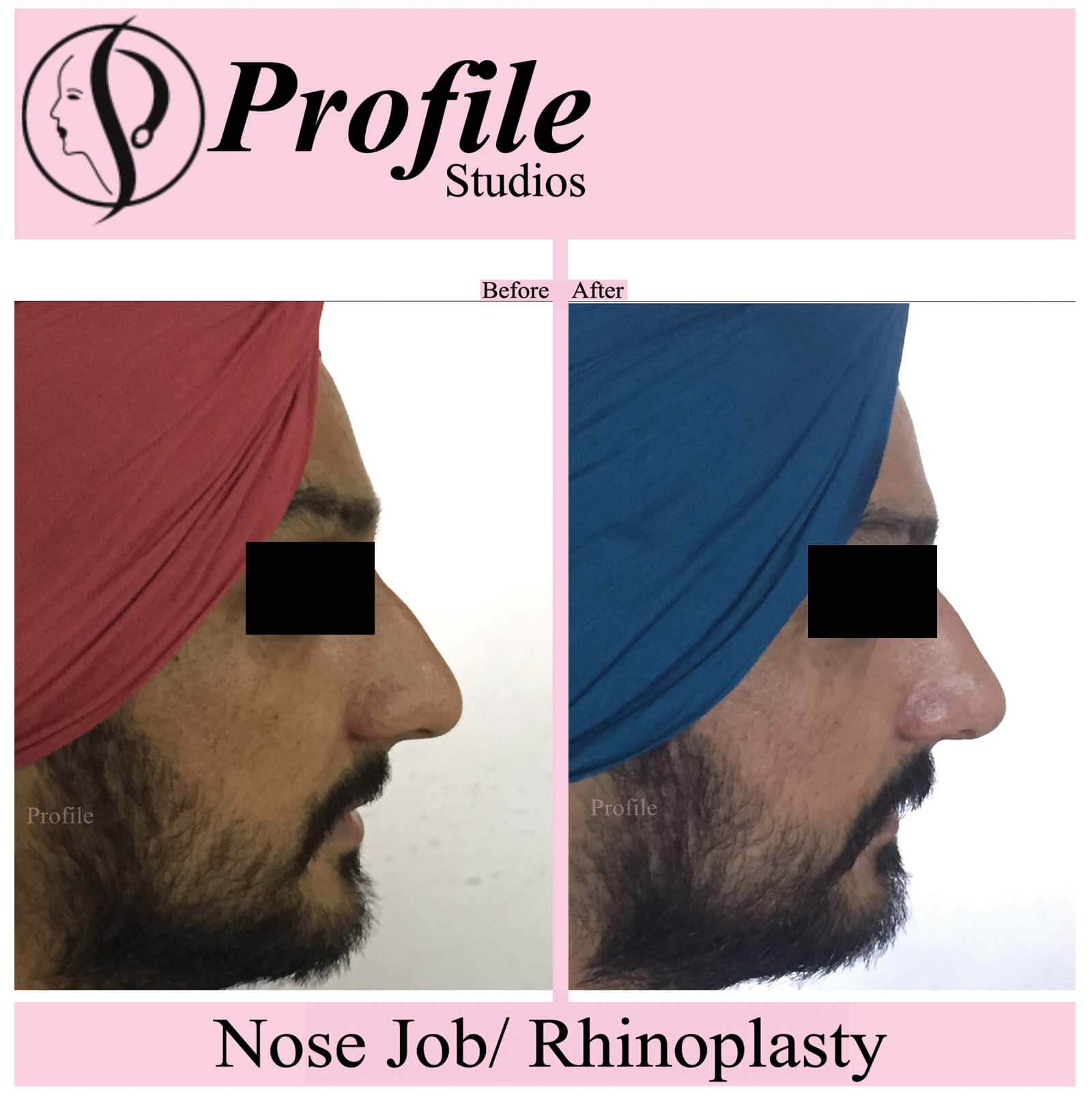Rhinoplasty
Rhinoplasty, generally referred as nose job. It is a medical term which is widely known as a surgery that is capable of altering the shape of the nose. There are several nose alteration procedures available now that one can consider to achieve their desired nose shape. Rhinoplasty procedure is capable of improving the bone, the cartilage or the skin of the nose. To know the most suitable Rhinoplasty surgical procedure as per your requirement consult with one of our surgeons today. Rhinoplasty can correct
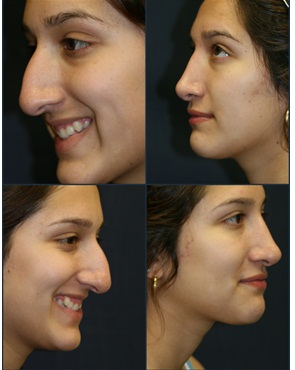
Surgery for
Rhinoplasty
- Nose width at the bridge or position of the nostrils.
- Nasal asymmetry.
- Nose size in relation to facial balance.
- Nasal tip that is drooping, upturned or hooked.
- Nose profile with visible humps.
- Nostrils that are wide or upturned.
Types of Rhinoplasty
There are mainly two kinds of rhinoplasty procedures – Open and Closed. Each one has its own benefits and threats.Which one should be used in which case, this decision rests with the surgeon.
External Rhinoplasty: The Open Approach
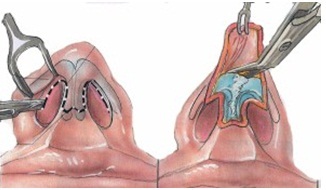
In this open or external rhinoplasty surgical procedure, the surgeon makes a small bridging incision known as trans-columellar incision that is placed across the columella to connect the right and the left nostril incisions. After making the incision the nasal skin can be folded upwards just like opening a car hood and giving clear access to the entire nasal framework. This procedure allows the surgeon to evaluate & create as much as symmetry as possible since the entire nose is visible unlike closed rhinoplasty.
Endonasal Rhinoplasty: The Closed Approach
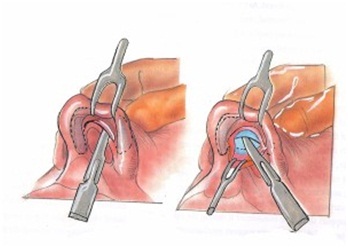
In closed rhinoplasty which is also known as Endonasal Rhinoplasty, all of the surgical incisions are made inside the nostrils, thus no chances of visible scars outside of the nose. Unlike open rhinoplasty there are no cuts or incisions on the columella, making the entire procedure to be performed through narrow surgical openings. The right and left nostrils remain connected hence surgeons have to face issues like reduced visibility and complexity in repositioning of the nasal skin.
Some benefits involved in closed approach
- Lesser incisions, which means lesser stitches.
- Lesser chances of causing unwanted damage to the nasal area.
- More possibilities for technical variations.
- Lesser time in the operation room and quick recovery.
- Lesser scarring.
- Lesser edema post-surgery.
What the Procedure Involves
Step – 1
At the initial level your blood sugar levels and heart functions will be checked and then you will be given anaesthesia to ensure complete comfort during the procedure.
Step 2
Regardless of which method a surgeon performs, either open or close, there will be incisions. The difference lies in the placement of incisions.
Step 3
If the nose is too big the nose can be reshaped by removing some bones or cartilages. On the other hand, if the nose is small, grafts will be taken from other parts of the body mainly septum or ears as implants.
Step 4
If the septum seems damaged and uneven, then surgeon straightens it as much as possible.
Step 5
After the surgery is complete, all the incisions made either inside or outside are closed. The nose is given desired shape and the skin is placed in the appropriate place before closure.
After Surgery
Your nose will be bruised and swollen after the surgery but the pain relief medication will help in getting rid of any such discomfort. Post surgery the repaired portion of the nose requires support, so surgeon places a special kind of bandage inside the nose till the healing completes. However, the swelling will reduce within the first few days, but the new shape will take time to settle in.
There are some things that an individual should keep in mind after going through the procedure.
- Take good care of your nose and keep it clean in order to avoid infection.
- Take your prescribed medicines on time.
- If there is any sign of infection immediately talk/consult to the doctor.
- Keep on track with the regular follow-up meetings with the doctor.
- It is important to ask questions about your daily diet, other health related medicines that you were taking earlier and exercise routine.

